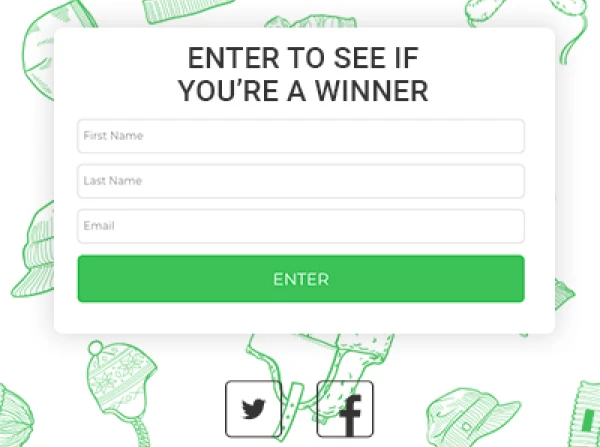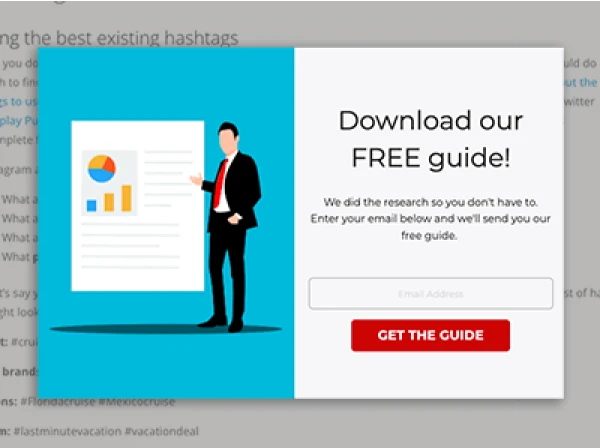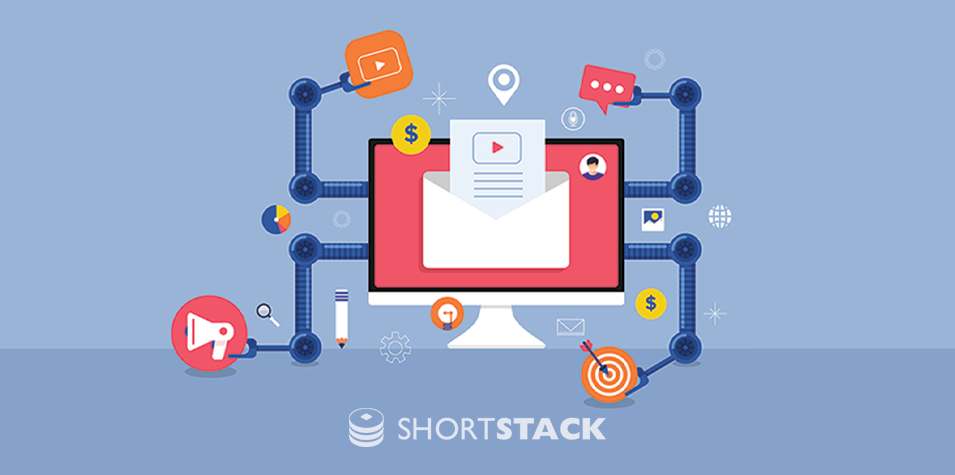Believe it or not, there are still naysayers out there who believe that social media and social media marketing are fads. Obviously I disagree. Companies like Facebook and Twitter and Pinterest and LinkedIn, and even Reddit, have changed -- forever -- the ways that people communicate with one another and the ways they share all kinds of information, including advertising.Of course we are still in the early days of this revolution so social media companies will come and go, just like technologies do.
But one thing is certain: Businesses that don’t think about social media strategies that will help them create long-term relationships will have a harder time finding success.
The bottom line: Businesses can use Facebook and other social media efforts in the context of customer relationship management so that they can nurture relationships over the long haul.
The bottom line: CRM + Social = Power. Here are a few ways that I believe businesses can leverage the power of social media and make great use of the data they collect.
#1: Make your marketing relevant (and you’ll increase your conversion rate).
One of the reasons you want to learn about your clients and customers is so that you can better target your products and services. This helps you put them into the “correct” channels so they receive more accurate messages and less spam. Ultimately this makes customers and prospective customers more receptive to your outreach.Let’s say you have a user who fills out a form to sign up for your company newsletter. Perhaps in the form there is a field asking the user if she has small children at home, or is expecting a baby. If she answers yes to either, you have the opportunity to send her coupons for diapers a few months down the road, or send her housecleaning services or information about college savings plans. She appreciates the focus of your efforts -- and that you’re not sending her ads for online dating services!
#2 Whenever possible, target your ads.
I’m just going to come right out and say it: I love Facebook ads. I think the way Facebook serves me ads that are totally relevant to my interests is super cool. Let me give you an example.I’m really into triathlons right now. I participated in a few over the summer -- triathlon relays are great team-building exercises, by the way -- and they were all within about 30 miles of where I live. And now that I’ve Liked the events I participated in, Facebook “knows” that I am ripe for information about this type of event. So I expect that I might soon be seeing some ads for triathlons, or maybe bike races and marathons, that are a little bit farther away.In all likelihood these are events that I might not know about but I’m still interested in. What’s more, it’s unlikely that Facebook will be bombarding me with ads that are not relevant to me.
#3 Make your social efforts another collection point.
Your business’ website is no longer the only place to collect data about your customers. In the past, the verbiage went something like: “If you want to download our whitepaper, fill out this form” or “If you want to know about my newsletter, sign up here.” But thanks to Facebook, and other social channels, you can make it more fun. You can use apps (more on this later) to create games or contests for users to enter in exchange for a little bit of information.In the past it was very expensive to create contests and custom apps but thanks to third party apps, these options are within reach of virtually any small business.You can also use Facebook questions to gather data beyond your existing fanbase. When your “Likes” answer a question, their friends (even the ones who don’t Like you) have the opportunity to answer the question -- this is a good way to expand your data sample size.
#4 Use apps!
Many companies now offer self-service apps that make it possible for businesses of any size to create powerful business data collection and CRM opportunities.Customers are savvy enough to know that if you have something they want -- a game or a contest entry or a coupon -- they have to give you something in return. Of course the last thing you want to do is sneak data out of your users, so just be transparent -- a cardinal rule of social media anyway!
#5 Make your fans want to give you information.
One of the features I most appreciate about Netflix is its rating system. I am willing to play along and give Netflix info about me and my likes and dislikes because ultimately it benefits me.Every time I give a movie that I’ve watched a high (or low) rating, Netflix uses that information to make suggestions about other movies that I might like.Yes, Netflix might have a massive amount of data about me, but it’s worth it because I don’t have to waste my time watching “Total Recall” (the remake). Just remember that the more data you ask for, the better the reward should be.
#6 Extend your social reach.
Up to this point we have focused on Facebook, but there are lots of CRM opportunities on other social channels, too. We use a variety of social channels to drive traffic to our other collection points.For instance, you can tweet a link, post to LinkedIn, add a link to a YouTube description, add links to email and even Instagram photos.It’s also important to make it easy share your CRM data collection points. If your fans are eagerly filling out your forms, chances are, their friends might want to as well. Make it easy for them to share the forms, comment on your posts, and invite others to participate.
#7 Organize and leverage all that data.
Now that you have earned your users’ trust, use the helpful data but don’t abuse it! To quote Uncle Ben from Spiderman, “With great power comes great responsibility.” Using a CRM tool like HighRise by 37Signals, or even an EXCEL or Google doc spreadsheet will allow you to map the data and visualize it. You can even pretend you are building an infographic (of course you can also actually build one -- infographics are great for SEO) so you can get a better picture of who your customers are.From there, segment your customers. Maybe you have one group that wants your newsletter and one that is interested in new products. Organizing this data will help you figure out what kinds of products and services to consider offering.
#8 Social media can be used for CRM even if you collect minimal information.
Another one of my favorite Facebook features is Insights. You can learn so much about your users even if all you ask them to do is Like your Page. You can find all sorts of demographic information -- age groups, gender, cities, languages spoken, etc. I’m constantly amazed by the, well, insights I gain about ShortStack users just by monitoring this Facebook app.I hope these tips help you understand how important it is to get your message to the right people, and to put out relevant, funny or engaging information. If you do, you will create loyal lifelong customers because you are always, or at least often, showing them or offering them things they want to see. Overall using social media in strategic ways will help prevent “single purchase syndrome.” Jim Belosic is CEO of ShortStack. His original version of this post appeared on CMSWire.
About the author
Dana Sullivan Kilroy is a communications professional with more than 20 years of experience delivering compelling content. Her work has appeared in national, award-winning publications and sites, including: The New York Times, The Los Angeles Times, The Wall Street Journal, USA Today, and Fast Company, Inc.
Recent posts
Go back to blogGet marketing tips straight to your inbox
Launch an irresistible giveaway. Get started for free.
Join 630.000+ marketers that are boosting engagement and sales.













